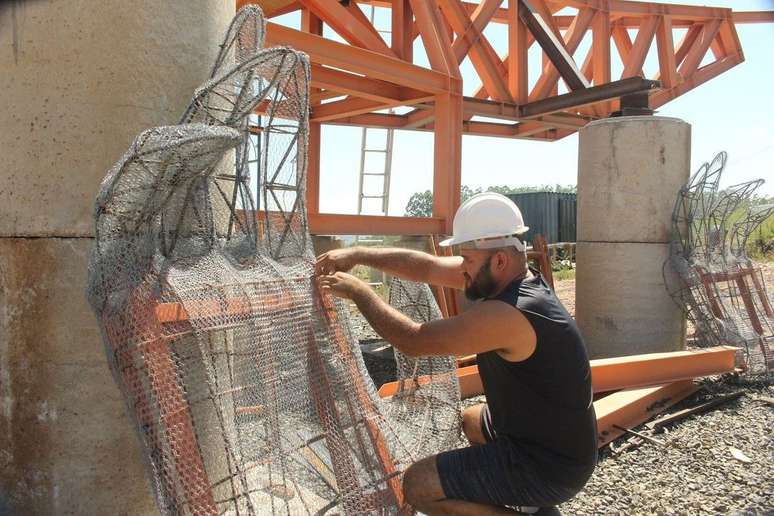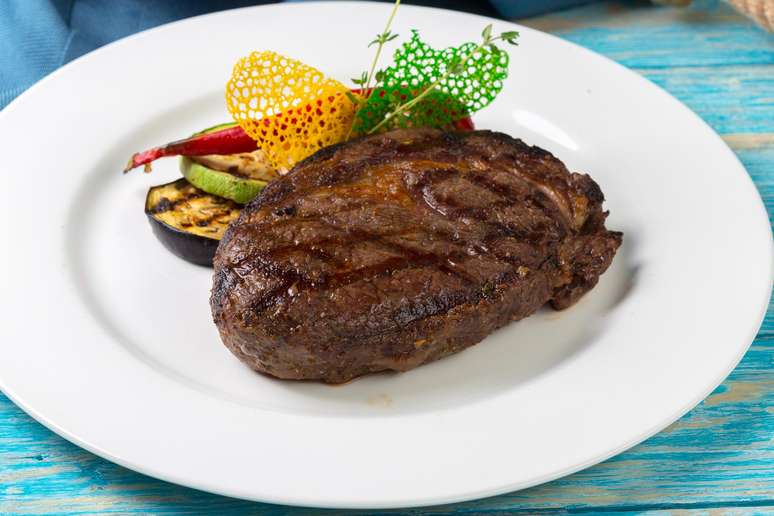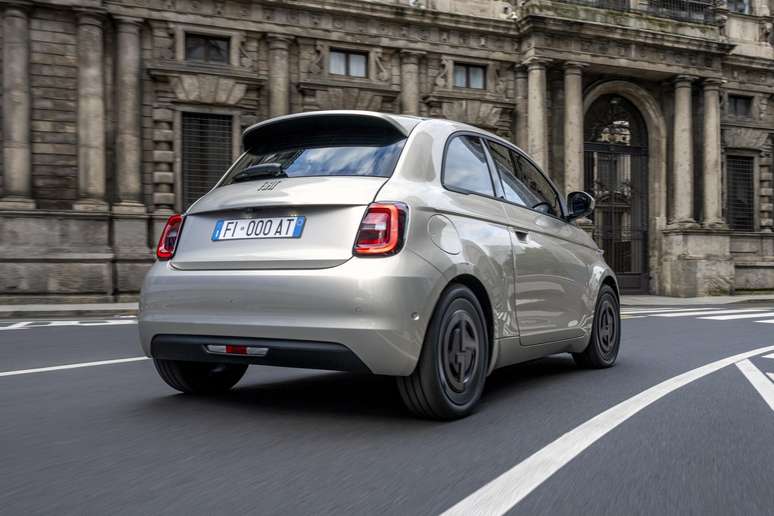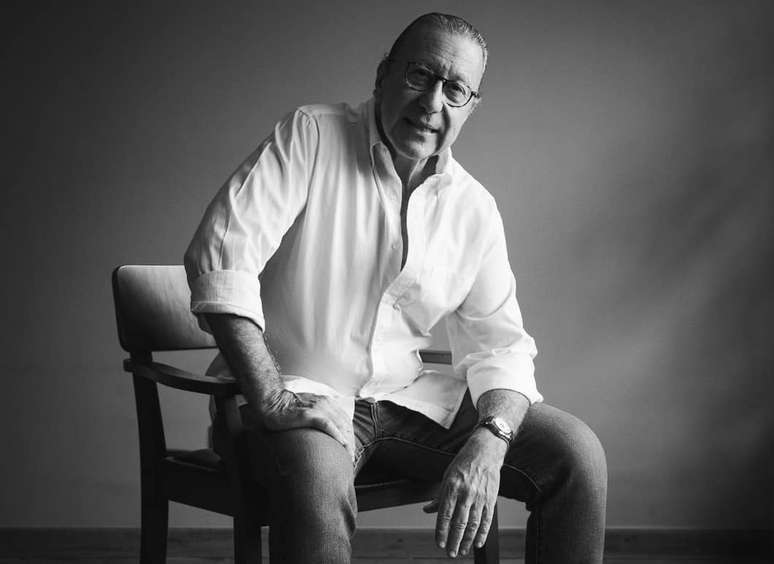Cearense Markus Moura signs grandiose religious works spread throughout Brazil, such as the second largest Buddha statue in the world
html[data-range=”xlarge”] figure image img.img-b7d717306c6296d9e1356da3d368e0c5j5flipvb { width: 774px; height: 516px; }HTML[data-range=”large”] figure image img.img-b7d717306c6296d9e1356da3d368e0c5j5flipvb { width: 548px; height: 365px; }HTML[data-range=”small”] figure image img.img-b7d717306c6296d9e1356da3d368e0c5j5flipvb, html[data-range=”medium”] figure figure img.img-b7d717306c6296d9e1356da3d368e0c5j5flipvb { width: 564px; height: 376px; }HTML[data-range=”small”] .article__image-embed, html[data-range=”medium”] .article__image-embed { width: 564px; margin: 0 auto 30px; }
Statues have been part of the popular imagination since ancient times. Religious or not, they have manifested the history, belief and culture of people around the world for millennia. Now, the rudimentary way of building has given way to technology that allows for the creation of grandiose works, such as Christ the Redeemer, one of the seven wonders of the modern world and postcard of Rio de Janeiro, and the Monument of Christ, in Elói Mendes ( MG) and Encantado (RS).
The latter two were sculpted by the hands of 43-year-old Markus Moura. Born in Fortaleza (Ceará), he was in the south and southeast of Brazil where he found space to erect giant statues. Together with his father, the master Genésio Moura, and other family members, he signs several works throughout the country, including the second largest Buddha in the world. The statue is located in Ibiraçu (Espírito Santo).
“My father started with wood carving and met a businessman who took him to Santa Catarina. Over the years he entered Beto Carrero (Park) to make concrete sculptures. When I was 13, 14 years old, he put my brother and I to work there, but we were very young and weren’t very interested,” recalls Markus.
Uninterested at the time, the sculptor knew he had a gift for the arts but preferred to move to Minas Gerais and study physical education. The passion for sport spoke louder, but he didn’t pass the admonition of a girl of the time, which provoked him to look for financial resources to support himself.

The first sculpture is not forgotten
It was only then, with the “encouragement” of his girlfriend, that Markus decided to accompany his father in the construction of the Monument to Christ, Elói Mendes. The sculpture, created in 2006, already exceeded the image of Rio’s ‘sister’ by one and a half meters in height. “I was making money and that encouraged me. I was learning, having fun,” he recalls.
But the learning process was not easy. Mestre Ceará, as his father is known, is the author of the ‘Menino da Porteira’ images, in Ouro Fino (MG), and of the statue of King Pelé, in Três Corações (MG), and had a particular way of teaching his children to sculpt.
“My father always taught us this way: he made us work all day and, the next day, he broke everything if we were wrong, or corrected where needed, but always challenging. I went like this, improving”, he says.
Two years of work for statue
From 24 to 36 months of work. This is the deadline that Markus asks for to complete a job, which depends on external factors to be completed, such as the stability of times and the delivery of materials.
The process begins with a request from a potential client, who presents a photo or a simple idea, which the listener works on based on their own inspirations.
“After adapting the proportion to the size that the customer wants, I start building with iron. I fold everything manually, shaping it, and my team closes it with smaller irons, covers it with canvas and then with layers of mastic. There are four layers of concrete 10 centimeters thick,” he explains.
According to him, the secret lies in the details. The artistic process, even in the giant statues, takes place in the details that the sculptor produces with small tools.
“I really use a knife and a brush, sculpting on top of the concrete. When the work is over two meters, then I need help from architects and engineers,” she adds.
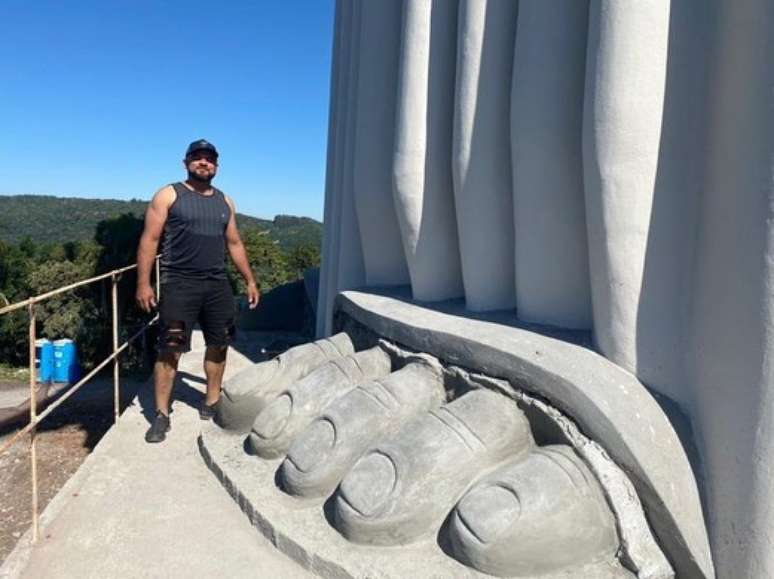
Life is lonely, but inspiration surrounds you
Markus says he is currently responsible for the work on four giant statues in Brazil, including the Welcoming Christ in Sobradinho (RS), the Archangel Michael in the city of São Miguel Arcanjo (SP), and a 70m tall statue of Christ in Pilastro ( TO THE). The different work sites mean that the sculptor spends a good part of his time travelling. According to his calculations, he spends about 15 days in each place.
And it is this work dynamic that is responsible for the solitary life he leads. Although he has two children, aged ten and four months, who live in Rio Grande do Sul and Minas Gerais, he is not married.
Routine prevents you from staying in one place for a long time. This, according to him, alienates suitors. “I end up getting involved, having fun, but I have to go to work. They get sad and cry, but that’s life, right?” he muses.
But that doesn’t stop him from finding beauty and inspiration wherever he goes. Markus says that, just as the construction site is his studio, nature is his inexhaustible source of inspiration. “One hundred percent! From a bug, a mouse, a snake, a landscape, the combination of colors… It’s amazing, nature is amazing,” he reiterates.
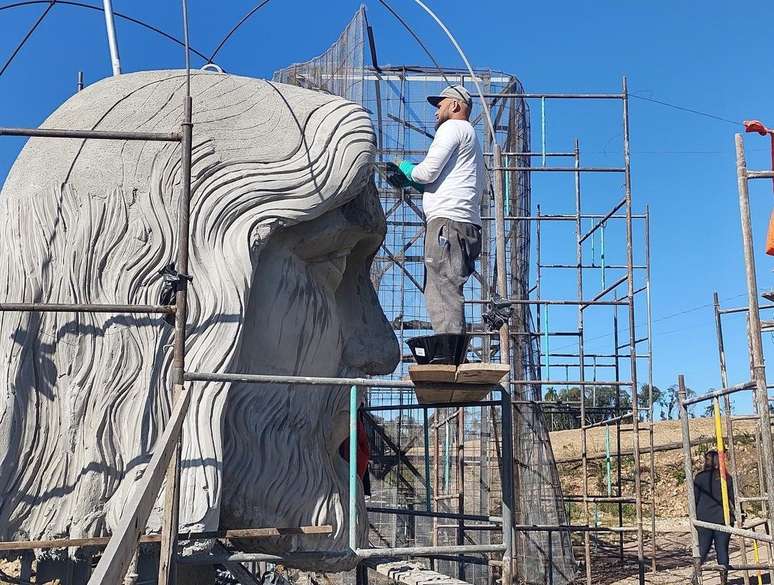
Source: Terra
Ben Stock is a lifestyle journalist and author at Gossipify. He writes about topics such as health, wellness, travel, food and home decor. He provides practical advice and inspiration to improve well-being, keeps readers up to date with latest lifestyle news and trends, known for his engaging writing style, in-depth analysis and unique perspectives.

